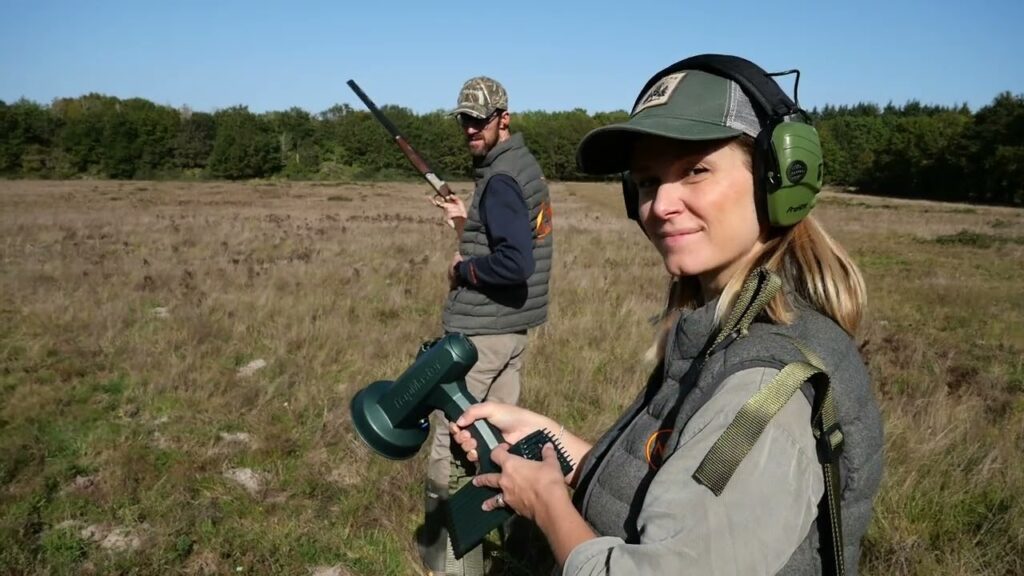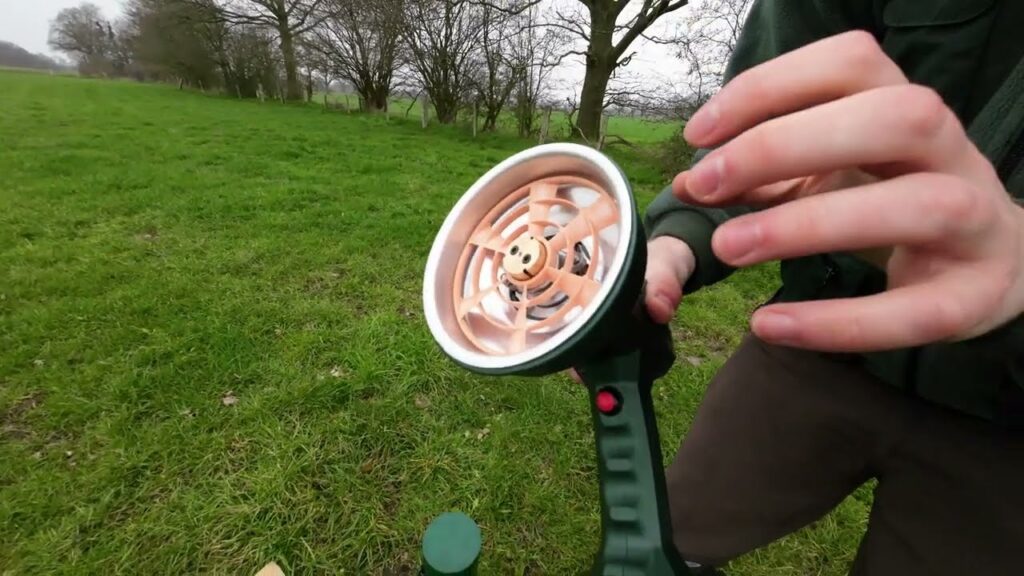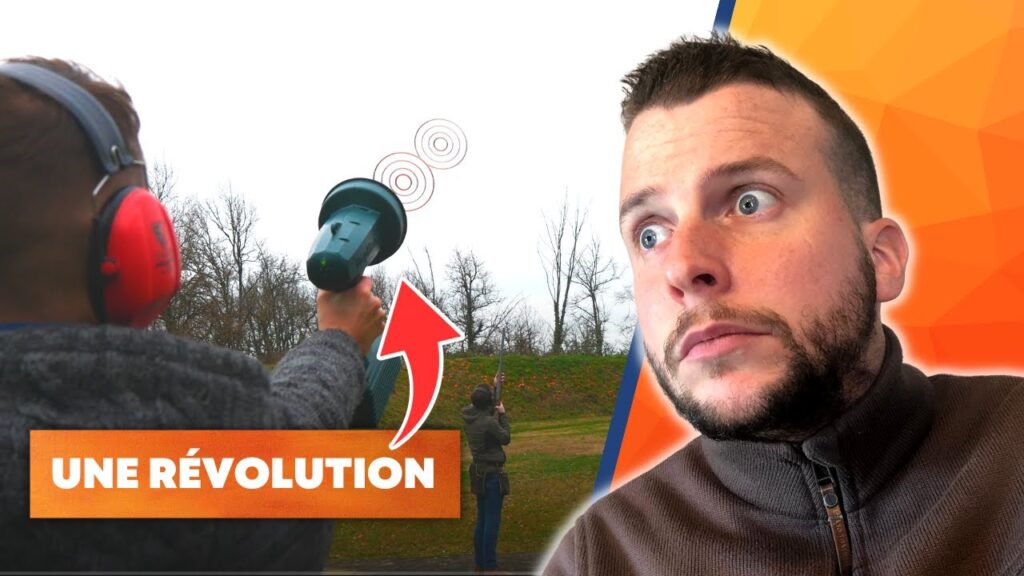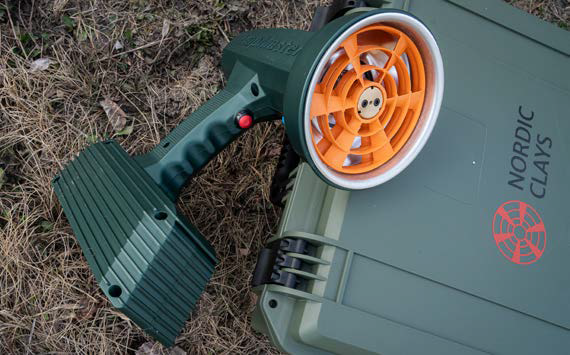
How to shoot clay pigeons for beginners: A beginners guide
Welcome to our guide on how to shoot clay pigeons for beginners. If you’ve ever marveled at the sight of a shooter skillfully tracking and hitting a fast-moving target, and wondered how you could learn this impressive skill, then you’re in the right place. Clay pigeon shooting, a sport that masterfully combines precision, control, and the great outdoors, has been captivating enthusiasts worldwide. Whether you’re seeking a new hobby, looking to enhance your shooting skills, or simply in for some outdoor fun, this sport offers an exciting challenge.
In this comprehensive beginner’s guide, we’ll take you through the thrilling journey of shooting clay pigeons. From understanding the basic equipment and safety protocols to mastering your shooting stance and improving your accuracy, we’ve got you covered. This sport isn’t just about hitting targets; it’s about embracing a new challenge, enjoying the camaraderie of fellow shooters, and reveling in the satisfaction of a well-aimed shot.
Fins the best shotgun for clay pigeon shooting with our guide here.
Understanding the basics on how to shoot clay pigeons for beginners
If you’re new to the world of clay pigeon shooting, get ready to embark on a journey that’s both challenging and incredibly rewarding. Clay pigeon shooting is a sport that tests your focus, accuracy, and coordination, all while allowing you to enjoy the great outdoors. Let’s dive into the essentials of this thrilling activity.
The Trapmaster from Nordic Clays, a handheld clay pigeon thrower, emerges as an innovative and user-friendly device in the realm of clay pigeon shooting. Boasting a light and portable design, this thrower is adaptable to various firing speeds and angles, catering to the needs of both novice and experienced shooters. Its environmentally conscious design, compatible with biodegradable clay pigeons, further elevates its desirability.
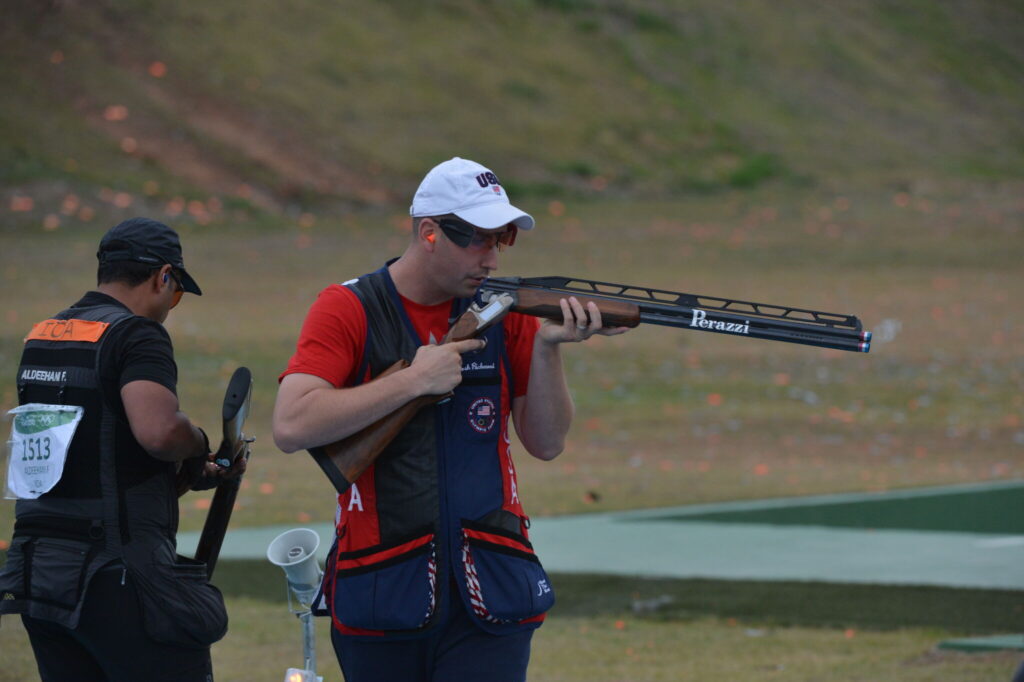
What are clay pigeons?
Despite the name, clay pigeons are not feathered creatures. They are round, saucer-shaped discs made from a mixture of pitch and chalk, designed to withstand being launched at high speeds. Measuring about 4.5 inches in diameter, these discs are crafted to mimic the flight path of a bird, making the sport a fantastic way to practice for bird hunting or simply to hone your shooting skills. As they soar through the air, clay pigeons offer a moving target, challenging shooters to calculate speed, angle, and timing – much like tracking a real bird in flight.
Types of clay pigeon shooting
Clay pigeon shooting comes in various flavors, each with its own unique set of rules and challenges. The three most popular types are:
Trap shooting: In trap shooting, the clays are launched from a single “house” or machine, away from the shooter. It’s a test of your ability to shoot at moving targets going away from you at varying angles.
Skeet shooting: Skeet involves two houses that release clays in a sideways motion across the field, intersecting in the middle. The challenge here is to hit these fast-moving targets as they cross paths, demanding quick reflexes and precision.
Sporting clays: Often described as “golf with a shotgun,” sporting clays involve a course with different shooting stations. Each station presents a unique challenge, with clays simulating different types of bird flight, such as rising, falling, crossing, or even rolling on the ground.
Basic equipment needed
To get started in clay pigeon shooting, you’ll need a few key pieces of equipment:
Shotgun: The most important tool in your arsenal. For beginners, a 12-gauge shotgun is often recommended due to its versatility and availability. However, the choice of shotgun can vary based on personal comfort, body frame, and the specific type of clay pigeon shooting you’re pursuing.
Ammunition: Shotgun shells come in different sizes and powers. For clay pigeon shooting, you’ll generally use smaller shot sizes (like 7.5 or 8) that spread out to increase the chance of hitting the target.
Safety gear: Never underestimate the importance of safety. Ear protection is crucial to safeguard your hearing from the repeated gunfire. Eye protection is equally important, not just from stray pellet rebounds but also to reduce glare and improve visibility.
Understanding these basics sets the stage for your clay pigeon shooting adventure. It’s a sport that brings the thrill of the chase, the satisfaction of a well-earned hit, and the joy of learning a new skill. So, gear up, focus, and get ready to experience the adrenaline rush of sending clays scattering into dust!
Read more about skeet shooting here.
Choosing the right equipment
Embarking on your clay pigeon shooting journey starts with selecting the right equipment. While the variety of options might seem daunting at first, understanding what to look for in a shotgun, clothing, and ammunition can make your experience much more enjoyable and successful. Here’s a guide to help you make informed choices.
Selecting the right shotgun for beginners
When it comes to clay pigeon shooting, your shotgun is your most crucial tool. For beginners, there are three key factors to consider:
Weight: A heavier shotgun might offer more stability and less recoil, but it can also be tiring to hold for extended periods, especially for those not used to handling firearms. Conversely, a lighter shotgun is easier to handle but might kick more upon firing. Finding a balance is key. A general guideline for beginners is to choose a shotgun that feels comfortable to hold and swing but isn’t so heavy that it becomes a burden during a long day of shooting.
Fit: The fit of the shotgun is paramount. A well-fitted shotgun aligns with your vision naturally when you raise it to shoot, improving accuracy. Factors like the length of the stock and the drop at the comb (the top part of the stock where your cheek rests) are critical. Many shooting ranges and gun shops offer fitting services to help you find a shotgun that aligns well with your body dimensions and shooting stance.
Ease of Use: For beginners, simplicity is key. Over/under shotguns (two barrels aligned vertically) are a popular choice due to their ease of use and reliability. They are also safer in a group setting as they can be easily broken open to show they are unloaded. Semi-automatics are another option, offering less recoil, but they are more complex mechanically.
The importance of comfortable and appropriate clothing
Your clothing choice can significantly impact your shooting experience. Comfort and practicality should be your guiding principles:
– Wear layers that allow you to adapt to changing weather conditions.
– Choose fabrics that offer mobility, especially around the shoulders and arms.
– Avoid loose clothing that could get caught in the shotgun.
– Protective and comfortable shooting vests can provide additional padding for your shoulder, reducing the impact of the gun’s recoil.
– Ear and eye protection are non-negotiable for safety reasons.
Choosing the right ammunition for practice
Ammunition selection is critical, especially for beginners practicing their shot:
– Opt for smaller shot sizes like 7.5 or 8. These sizes have more pellets per cartridge, offering a better chance of hitting the clay pigeon.
– Consider the length of the cartridge. Longer cartridges can hold more powder, offering more power but also more recoil. Start with a standard 2¾-inch shell.
– For practice, lighter loads (measured in grams or ounces of shot) are advisable. They provide enough power to break clays but with less recoil, making your practice sessions more comfortable.
Remember, the right equipment can make a significant difference in your shooting experience. Take your time to try different options and consult with experienced shooters or instructors. Your goal is to find equipment that feels like an extension of yourself, comfortable and natural, setting you up for an enjoyable and successful journey in clay pigeon shooting.
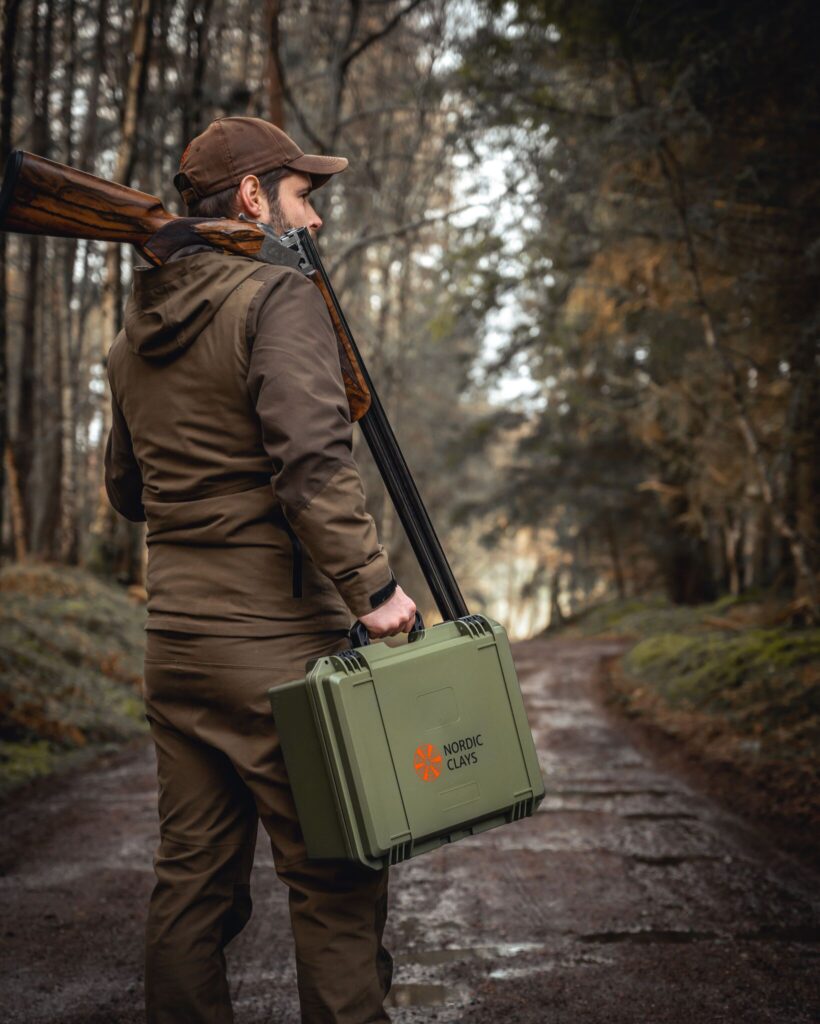
Always remember: Safety first
When it comes to clay pigeon shooting, or any sport involving firearms, safety is paramount. It’s not just a protocol; it’s a mindset that ensures a fun and injury-free experience for everyone involved. This section is dedicated to emphasizing the critical nature of safety in handling firearms and navigating the world of clay pigeon shooting.
The Importance of safety in handling firearms
Firearms, while enjoyable when used correctly, are inherently dangerous. Recognizing this fact is the first step towards responsible shooting. Every shooter, regardless of experience level, must approach firearms with respect and caution. This awareness not only protects you but also those around you. A commitment to safety minimizes risks and creates a secure environment for everyone to enjoy the sport.
Basic safety rules of clay pigeon shooting
There are several fundamental safety rules that every shooter, especially beginners, should internalize:
Treat every gun as if it’s loaded: Even if you believe a gun is unloaded, always handle it as if it’s loaded. This mindset prevents accidental discharges, one of the most common causes of firearm accidents.
Keep the gun pointed in a safe direction: This means pointing the gun away from people, animals, or any unintended targets, regardless of whether the gun is loaded or unloaded.
Finger off the trigger until ready to shoot: Your finger should rest outside the trigger guard until you are ready and sure of your target. Unintentional pressure on the trigger can lead to accidents.
Be sure of your target and what’s beyond it: Always ensure that the area around and behind your target is safe before shooting. Bullets can travel significant distances, so it’s crucial to have a clear and safe shooting range.
Use correct ammunition: Using the wrong ammunition can damage your gun and potentially cause injury. Always double-check that the ammunition matches your shotgun’s specifications.
Wear protective gear: Always wear ear and eye protection. Shooting can be loud, and the noise can cause long-term hearing damage. Eye protection shields you from any debris or misfired shots.
The role of a shooting instructor or guide for beginners
For beginners, having a shooting instructor or guide is invaluable. Not only do they provide essential training on handling and operating firearms safely, but they also offer personalized guidance and tips to improve your shooting technique. A good instructor will:
– Demonstrate how to hold, load, and fire a shotgun safely.
– Guide you on the correct stance and shooting posture to optimize accuracy and minimize risk.
– Offer immediate feedback on your shooting, helping you correct mistakes in real-time.
– Educate you on the etiquettes and norms of clay pigeon shooting, ensuring you’re a respectful and safe member of the shooting community.
Instructors also serve as a resource for any questions or concerns you might have, allowing you to learn and grow in a supportive and safe environment. Remember, no question is too trivial when it comes to safety and learning the proper way to handle firearms.
Safety is the cornerstone of any shooting sport. By adhering to these safety rules and taking advantage of the expertise of a qualified instructor, you can enjoy clay pigeon shooting to its fullest, while ensuring a safe experience for yourself and others. Embrace safety as your number one priority, and you’ll set the foundation for a rewarding and enjoyable journey in the sport of clay pigeon shooting.
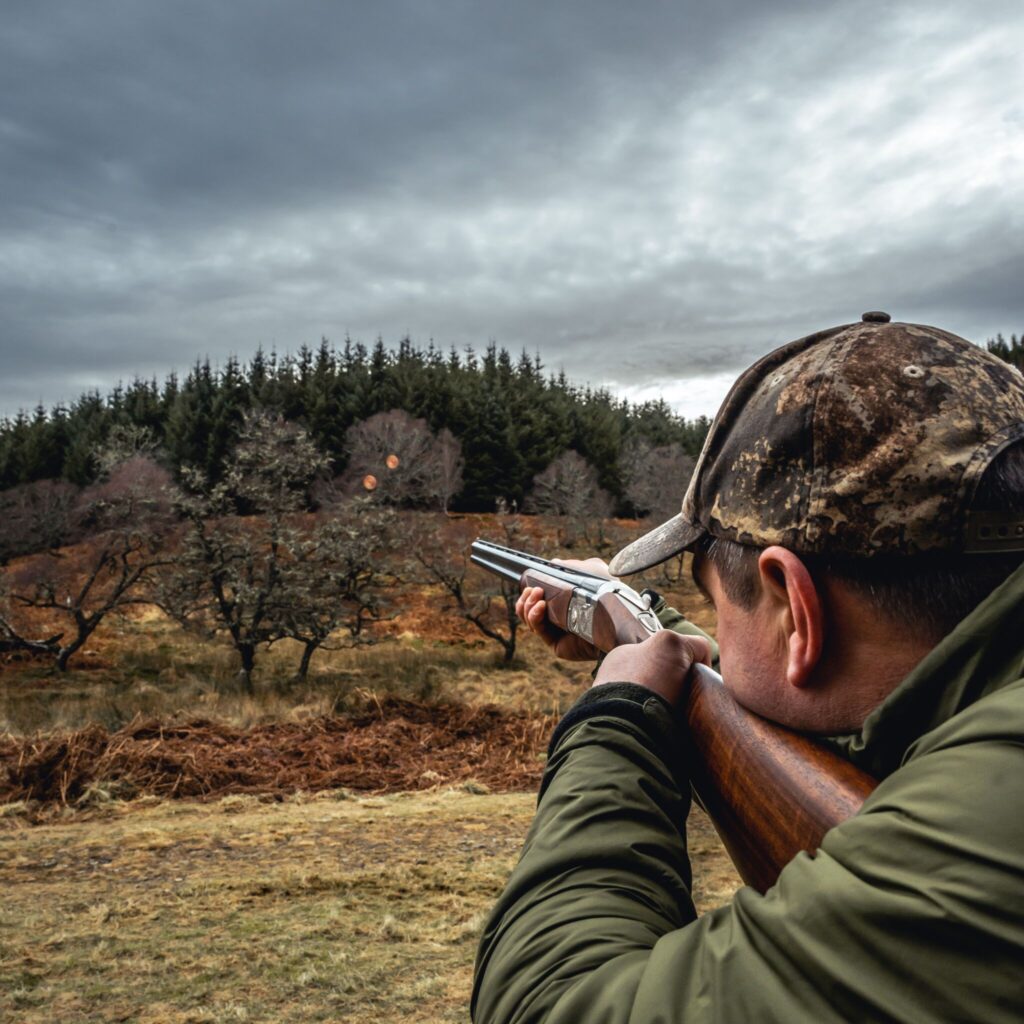
The shooting technique
Mastering the art of clay pigeon shooting is much more than just pointing and firing at a target. It’s a dance of coordination, precision, and timing, all of which are grounded in your shooting technique. In this section, we’ll explore the essential components of effective shooting technique: stance, grip, posture, aiming, tracking, and techniques for improving accuracy and timing.
Read our tips on clay pigeon shooting here.
Step-by-step guide on stance, grip, and posture
Stance: Your stance is the foundation of your shooting technique. Start by positioning your feet shoulder-width apart, with your leading foot (the one on the same side as your shooting eye) slightly forward. This position should feel balanced and comfortable, allowing you to rotate your upper body smoothly.
Grip: Hold your shotgun firmly but not tensely. Your dominant hand (the one you write with) should grip the shotgun’s stock near the trigger, while your other hand supports the barrel. The grip should be firm enough to control the shotgun, yet relaxed enough to allow for smooth movement.
Posture: Stand upright with your shoulders relaxed. Lean slightly forward from the hips, not the waist. This forward lean helps manage recoil and maintain balance. Keep your head up and bring the shotgun to your cheek, not the other way around.
How to aim and track the clay pigeon
Aiming: Unlike rifle shooting, where you close one eye, in shotgun shooting, keep both eyes open. This allows for better depth perception and field of view. Align your dominant eye over the barrel to aim. Instead of focusing on the gun’s bead (front sight), keep your eyes on the target – the clay pigeon.
Tracking: Tracking the clay pigeon is about smooth, consistent movement. As the target is released, smoothly move your shotgun to follow it, keeping your eyes locked on the target. Movement should be primarily from your hips and shoulders, not just your arms.
Techniques for improving accuracy and timing
Practice the swing: Before shooting, practice your swing without firing. This helps in understanding the motion required to follow a moving target. The movement should be fluid and controlled.
Lead the target: In shotgun shooting, you need to ‘lead’ the target, meaning you aim slightly ahead of where the clay pigeon is flying. The amount of lead depends on the speed and angle of the target and comes with practice and experience.
Smooth trigger pull: Develop a smooth trigger pull. Jerking the trigger can throw off your aim. Practice pulling the trigger in one fluid motion as part of your swing.
Focus on the target: Train yourself to focus solely on the clay pigeon. Avoid the temptation to look at the shotgun’s barrel or bead when shooting.
Rhythm and timing: Good shooting has a rhythm to it. Time your shots by getting a feel for the speed and trajectory of the clay pigeons. Consistent practice helps in developing this timing.
Dry firing practice: Dry firing, or practicing without live ammunition, is a great way to refine your technique. It allows you to focus on your stance, grip, and swing without the distraction of recoil and noise.
Remember, as a beginner, patience is key. Developing a good shooting technique takes time and practice. Don’t be discouraged by initial misses – they’re part of the learning process. Gradually, as you practice and refine your technique, you’ll find your shots becoming more accurate and your movements more instinctive. Enjoy the journey of becoming a skilled clay pigeon shooter, one shot at a time.
Understanding the lingo
Stepping into the world of clay pigeon shooting is not just about handling a shotgun and hitting targets; it’s also about immersing yourself in the culture of the sport. Part of that immersion is getting familiar with the unique lingo that shooters use. Understanding these terms not only makes you more knowledgeable but also enhances your experience and communication with other enthusiasts. Let’s decode some of the basic terminologies in clay pigeon shooting and explore the scoring methods in different types of shooting.
Basic terminologies in clay pigeon shooting
- Pull: This is probably the first term you’ll hear on the shooting range. “Pull” is what you say when you’re ready for the clay pigeon to be launched. It signals the operator to release the target.
- Bird: In clay pigeon shooting, the term “bird” refers to the clay target. Despite its name, remember, it’s just a saucer-shaped piece of clay!
- Trap: This refers to the machine that launches the clay pigeons into the air. Each type of shooting – trap, skeet, and sporting clays – uses traps, but they are positioned and set up differently according to the discipline.
- Skeet: This is both a term for a type of shooting and a component of the range. In skeet shooting, two traps are placed at opposite ends of a semi-circular arc, and shooters move around stations to shoot targets released from these traps.
- Station: In both skeet and sporting clays, shooters move through a series of stations, or fixed positions, from which they shoot the targets.
- Over/under: This refers to a type of shotgun with two barrels aligned one on top of the other. It’s a popular choice among clay pigeon shooters for its balance and reliability.
Scoring methods in different types of shooting
The scoring in clay pigeon shooting varies slightly depending on the type of shooting.
Trap and skeet shooting: In these disciplines, the scoring is quite straightforward. Shooters get one point for each clay pigeon hit or broken. A round typically consists of 25 targets, and the shooter with the most hits wins. Ties are usually settled with a shoot-off.
Sporting clays: This type of shooting is more complex, with courses designed to simulate hunting scenarios. Scoring can vary, but generally, it’s one point per hit. Some stations might have multiple targets released simultaneously or in quick succession, making it a challenging and exciting format.
Understanding these terms and scoring methods enriches your experience in clay pigeon shooting. It helps you navigate the sport with more confidence and engage with the community more effectively. Remember, every sport has its language, and learning it is part of the fun and integration into the world of clay pigeon shooting. So next time you’re on the range and you hear “pull” or discuss the different traps, you’ll feel right at home in this exciting and dynamic sport.
Conclusion: How to shoot clay pigeons for beginners – A beginner’s comprehensive guide
As we wrap up this exciting journey into the world of clay pigeon shooting, it’s clear that this sport offers much more than just the thrill of hitting targets. It’s a blend of skill, discipline, camaraderie, and an ongoing quest for improvement. Whether you’re drawn to the challenge of tracking and hitting a fast-moving clay pigeon or looking for a unique way to spend time outdoors, clay pigeon shooting offers an exhilarating and rewarding experience.
From understanding the basics of the equipment and the importance of safety, to mastering the shooting technique and familiarizing yourself with the sport’s lingo, we’ve covered the essential aspects to get you started on the right foot. Remember, like any skill, clay pigeon shooting requires patience, practice, and a willingness to learn. Don’t be discouraged by initial misses; every shot, hit or miss, is a step towards becoming a more skilled shooter.
As you continue your journey in clay pigeon shooting, keep safety as your top priority, embrace the learning process, and most importantly, enjoy every moment of this exciting sport. Whether you’re aiming to compete or simply looking for a fun and challenging hobby, clay pigeon shooting is a sport that offers endless enjoyment and the opportunity to continuously grow and improve.

